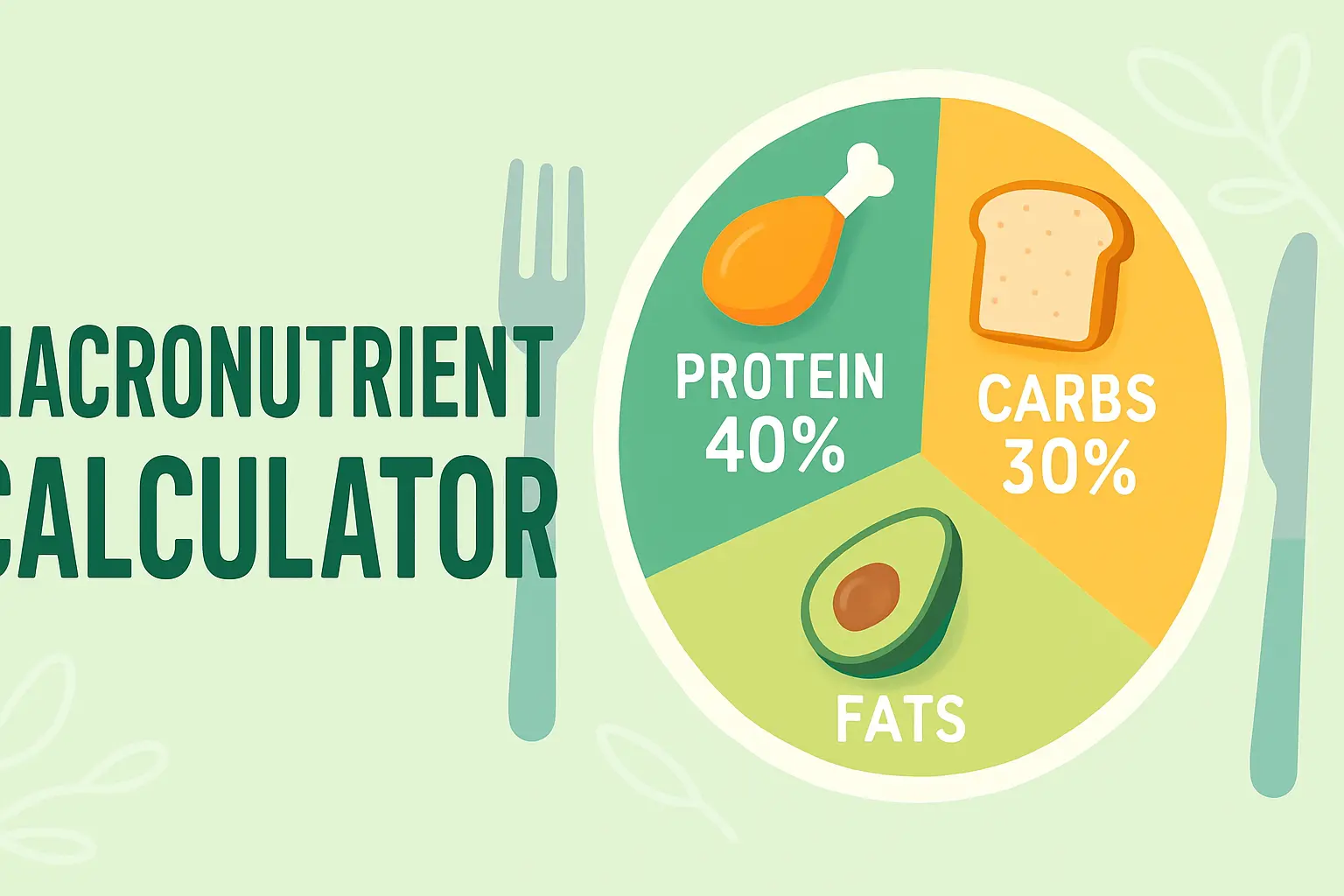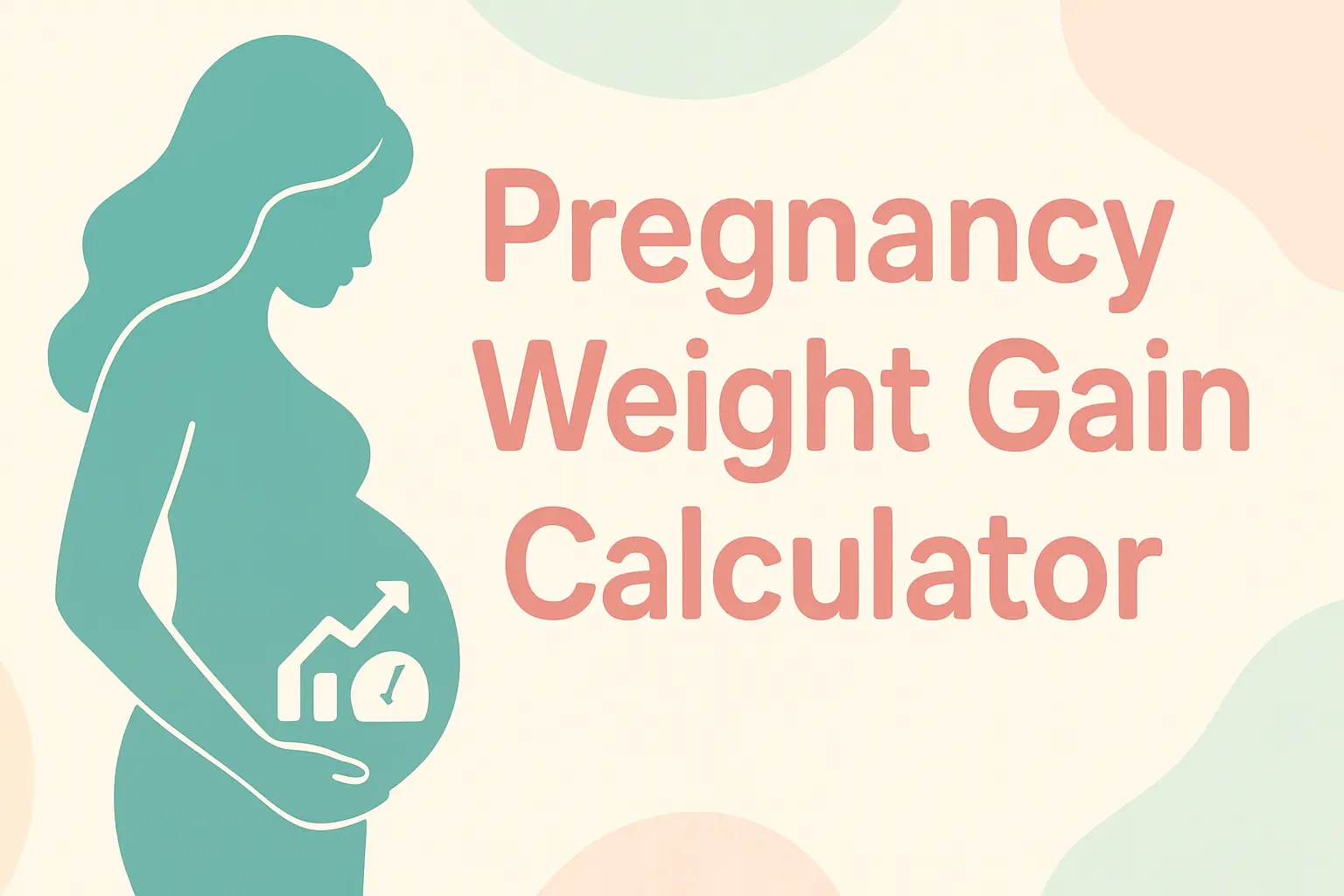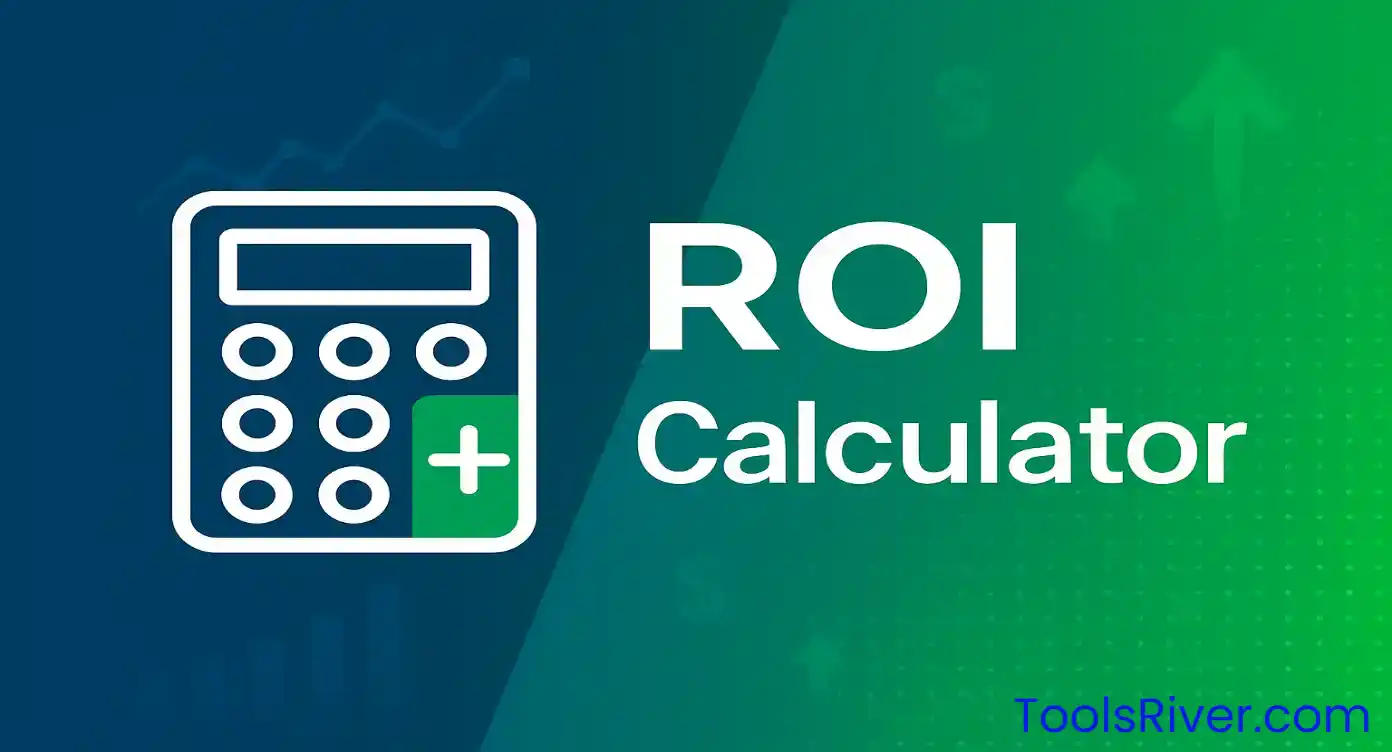SGPA Calculator
Calculate your Semester Grade Point Average instantly with our advanced SGPA calculator. Get accurate results, percentage conversion, and detailed performance analysis.
SGPA Calculator Tool
Enter your subject details below to calculate your SGPA and convert it to percentage
Grade Point Scale Reference
Enter Subject Details
Your SGPA Results
SGPA
Out of 10.00
Percentage
Equivalent Percentage
Grade
Overall Grade
Calculation Breakdown
Complete Guide to SGPA Calculator
Understanding SGPA
The Semester Grade Point Average (SGPA) is a standardized measure of academic performance that reflects a student's achievement during a single semester. Unlike the Cumulative Grade Point Average (CGPA), which considers all semesters, SGPA focuses specifically on one academic term, providing a detailed snapshot of recent academic performance.
SGPA calculation involves evaluating individual subject performance based on grade points and credit hours assigned to each course. This system ensures that subjects with higher credit values have proportionally greater impact on the overall semester performance, creating a fair and balanced assessment mechanism.
Educational institutions worldwide have adopted SGPA as a standard evaluation metric because it provides immediate feedback on student performance, helps identify areas requiring improvement, and enables fair comparison among students within the same academic period.
SGPA Calculation Method
The SGPA calculation follows a systematic approach that considers both the grade points earned in each subject and the credit hours assigned to that subject. The formula ensures that subjects with higher credit values have proportionally greater influence on the final SGPA score.
SGPA = (Σ Grade Points × Credit Hours) ÷ Total Credit Hours
This calculation method ensures accuracy and fairness by weighting each subject according to its academic importance as determined by credit hour allocation. Subjects with higher credit hours typically require more time and effort, justifying their greater impact on the overall semester performance.
The grade point system typically ranges from 0 to 10, where 10 represents outstanding performance (A+ grade) and 0 indicates failure (F grade). This standardized scale allows for consistent evaluation across different subjects and academic programs.
Step-by-Step SGPA Calculation Process
Gather Subject Information
Collect detailed information about all subjects registered during the semester, including subject names, assigned credit hours, and earned grades. Ensure all information is accurate and complete before proceeding with calculations.
Convert Grades to Points
Transform letter grades into numerical grade points using the institutional grading scale. Most universities use a 10-point scale where A+ = 10, A = 9, B+ = 8, and so forth, ensuring standardized evaluation across all subjects.
Calculate Weighted Points
Multiply each subject's grade points by its respective credit hours to obtain weighted points. This step ensures that subjects with higher credit allocations have proportionally greater impact on the final SGPA calculation.
Sum All Components
Add all weighted points from individual subjects to obtain the total weighted score. Simultaneously, calculate the total credit hours by summing all individual subject credits registered during the semester.
Final SGPA Calculation
Divide the total weighted points by the total credit hours to obtain the final SGPA score. This result represents the weighted average of all subject performances during the semester, providing an accurate measure of academic achievement.
Grade Point Conversion Table
| Letter Grade | Grade Points | Percentage Range | Performance Level | Description |
|---|---|---|---|---|
| A+ | 10 | 90-100% | Outstanding | Exceptional performance with thorough understanding |
| A | 9 | 80-89% | Excellent | Superior performance with comprehensive knowledge |
| B+ | 8 | 70-79% | Very Good | Above average performance with good understanding |
| B | 7 | 60-69% | Good | Satisfactory performance with adequate knowledge |
| C+ | 6 | 50-59% | Average | Acceptable performance with basic understanding |
| C | 5 | 40-49% | Below Average | Minimum acceptable performance |
| D | 4 | 30-39% | Poor | Marginal performance requiring improvement |
| F | 0 | 0-29% | Fail | Unsatisfactory performance requiring retake |
SGPA to Percentage Conversion
Converting SGPA to percentage is essential for various academic and professional applications. The standard conversion formula used by most Indian universities and educational institutions provides a reliable method for transforming grade points into percentage equivalents.
Percentage = (SGPA × 10) - 7.5
This formula ensures accurate conversion while maintaining consistency across different educational institutions. The conversion helps students understand their performance in familiar percentage terms and facilitates comparison with traditional grading systems.
Understanding percentage equivalents is particularly important when applying for higher education, scholarships, or employment opportunities that require percentage-based eligibility criteria. The conversion provides a standardized way to present academic achievements.
Benefits of SGPA System
The SGPA system offers numerous advantages over traditional percentage-based grading systems. It provides more accurate assessment of student performance by considering the relative importance of different subjects through credit hour weighting.
- Provides immediate feedback on semester performance
- Enables fair comparison among students
- Reduces excessive competition and stress
- Encourages holistic learning approach
- Facilitates international academic recognition
The SGPA system also promotes continuous assessment and improvement by providing regular feedback on academic performance. This helps students identify strengths and weaknesses, enabling targeted efforts for academic enhancement.
How to Use This SGPA Calculator
Our advanced SGPA calculator simplifies the complex calculation process, providing instant and accurate results. Follow these simple steps to calculate your SGPA and understand your academic performance comprehensively.
Interactive Demo
Click the "Sample Data" button above to see how the calculator works with example data, or follow the step-by-step guide below.
Input Instructions
- Enter subject name for identification
- Input credit hours for each subject
- Select appropriate grade from dropdown
- Add more subjects using "Add Subject" button
- Click "Calculate SGPA" for instant results
Result Features
- Instant SGPA calculation
- Automatic percentage conversion
- Performance level assessment
- Detailed calculation breakdown
- Visual chart representation
Frequently Asked Questions
What is the difference between SGPA and CGPA?
SGPA (Semester Grade Point Average) measures academic performance for a single semester, while CGPA (Cumulative Grade Point Average) represents the overall performance across all semesters. SGPA provides immediate feedback on current performance, whereas CGPA shows long-term academic progress. Both are calculated using similar methods but differ in their scope and application.
How accurate is the SGPA to percentage conversion?
The SGPA to percentage conversion using the formula (SGPA × 10) - 7.5 is widely accepted and used by most Indian universities. However, some institutions may have slight variations in their conversion methods. For official purposes, always verify with your specific institution's academic regulations to ensure accuracy.
What is considered a good SGPA score?
A good SGPA score typically ranges from 7.0 to 8.5, which is considered above average to very good performance. Scores above 8.5 indicate excellent performance, while scores above 9.0 represent outstanding achievement. However, the definition of "good" may vary depending on the institution, course difficulty, and individual goals.
Can I improve my SGPA in subsequent semesters?
Yes, SGPA can be improved in subsequent semesters through better academic performance. While individual semester SGPAs cannot be changed, improved performance in future semesters will positively impact your overall CGPA. Focus on understanding concepts thoroughly, regular study habits, and seeking help when needed to achieve better results.
Are there different SGPA calculation methods?
While the basic SGPA calculation method remains consistent (weighted average of grade points), different institutions may use variations in grading scales, credit hour systems, or conversion formulas. Some universities use 4-point scales, others use 10-point scales. Always refer to your institution's specific guidelines for accurate calculations.
Tips for Improving Your SGPA
Study Strategies
- • Create a consistent study schedule
- • Focus on understanding concepts rather than memorization
- • Practice regular revision and self-testing
- • Seek help from professors during office hours
- • Join study groups for collaborative learning
Performance Optimization
- • Prioritize high-credit subjects
- • Attend all classes and take comprehensive notes
- • Complete assignments on time and thoroughly
- • Participate actively in class discussions
- • Use additional resources like online tutorials
Time Management
- • Plan study time for each subject based on credits
- • Break large topics into manageable chunks
- • Use productivity techniques like Pomodoro
- • Maintain work-life balance for optimal performance
- • Prepare well in advance for examinations
Mental Wellness
- • Maintain regular sleep schedule
- • Practice stress management techniques
- • Stay physically active and eat healthily
- • Seek support when feeling overwhelmed
- • Celebrate small achievements along the way
SGPA in Different Educational Systems
The SGPA system has been adopted by educational institutions worldwide, with variations in implementation and scale. Understanding these differences is crucial for students planning international education or comparing academic performance across different systems.
International SGPA Comparison
| Country/Region | Scale | Highest Grade | Passing Grade | Conversion Method |
|---|---|---|---|---|
| India | 10-point | 10.0 | 4.0 | (SGPA × 10) - 7.5 |
| United States | 4-point | 4.0 | 2.0 | Direct percentage |
| United Kingdom | Classification | First Class | Third Class | Percentage bands |
| Australia | 7-point | 7.0 | 4.0 | HD/D/C/P/F system |
| Canada | 4-point | 4.0 | 2.0 | Letter grade conversion |
SGPA in Career and Higher Education
SGPA plays a crucial role in shaping academic and career opportunities. Understanding its importance and strategic application can significantly impact future prospects in higher education and professional development.
Higher Education Applications
- • Graduate school admissions
- • Scholarship eligibility criteria
- • Research assistantship opportunities
- • International exchange programs
- • Professional course prerequisites
Most graduate programs require minimum SGPA/CGPA scores for admission consideration. Competitive programs often have higher requirements, making consistent academic performance essential for future opportunities.
Professional Applications
- • Corporate recruitment processes
- • Government job eligibility
- • Professional certification requirements
- • Internship program selection
- • Performance evaluation benchmarks
Many employers use SGPA as an initial screening criterion for job applications. Higher SGPA scores often correlate with better opportunities and starting positions in competitive fields.
Advanced Features of This Calculator
Instant Calculation
Real-time SGPA calculation with immediate results
Visual Analytics
Interactive charts showing performance breakdown
Export Options
Download results in PDF format for records
Mobile Responsive
Works seamlessly on all devices and screens
Related Resources
Explore additional resources to enhance your understanding of academic grading systems and improve your educational journey. These carefully selected resources provide comprehensive information about academic assessment methods.
External Resources
Additional Information
- • Academic calendar planning
- • Study abroad preparation
- • Career counseling resources
- • Scholarship application guides
User Feedback and Testimonials
Anonymous Student
"This SGPA calculator is incredibly helpful for tracking my academic progress. The detailed breakdown and visual charts make it easy to understand where I stand and what I need to improve."
Engineering Student
"Perfect tool for quick SGPA calculations. I use it every semester to plan my studies and ensure I'm meeting my academic goals. The percentage conversion feature is particularly useful."
Conclusion
Understanding and calculating SGPA is essential for academic success and future planning. This comprehensive SGPA calculator provides accurate, instant results while helping you understand the underlying concepts and implications of your academic performance.
Whether you're a current student tracking semester progress, planning for higher education, or preparing for career opportunities, this tool provides the accuracy and insights needed to make informed decisions about your academic journey.
Remember that while SGPA is an important metric, it's not the only measure of academic or personal success. Focus on understanding concepts, developing skills, and maintaining a balanced approach to education that prepares you for lifelong learning and professional growth.
Start calculating your SGPA today and take control of your academic journey!













